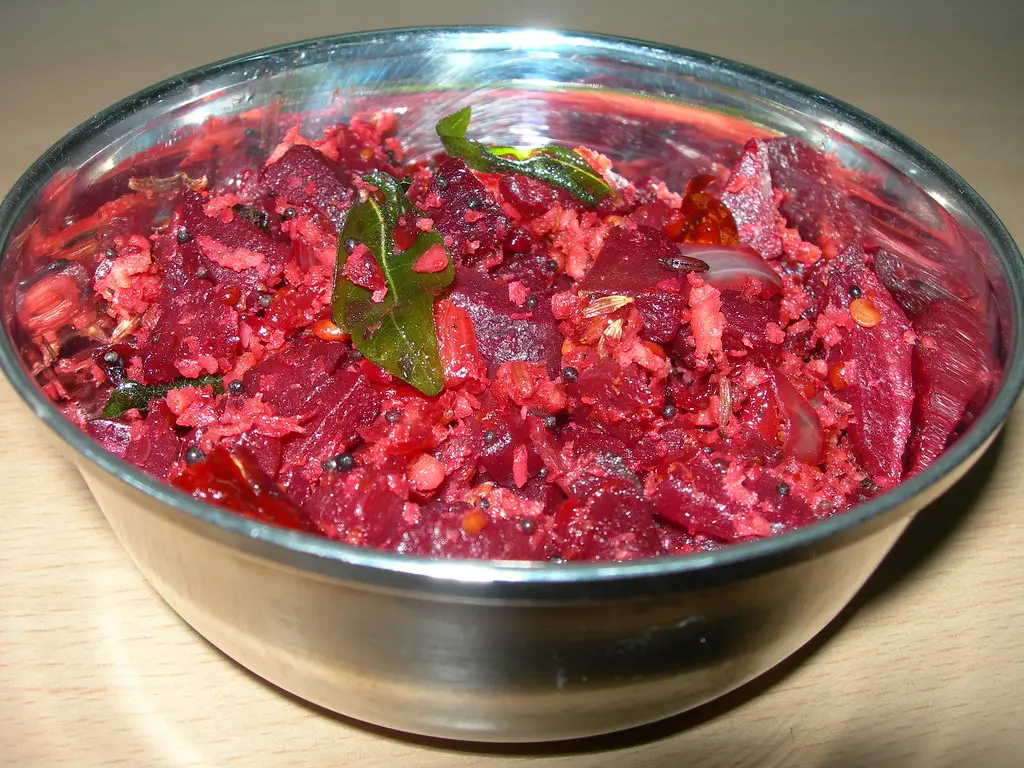Italian cuisine is celebrated worldwide for its bold flavors, simplicity, and the use of fresh ingredients. At the heart of many Italian dishes is a good sauce, or “sugo,” as it’s called in Italy. A classic sugo is a versatile and robust sauce that can elevate any pasta dish, turning a simple meal into a delightful culinary experience. In this article, we’ll explore the traditional sugo recipe, its variations, and tips to make your sugo truly special.
What is Sugo?
Sugo is the Italian word for sauce, but it specifically refers to a slow-cooked sauce made with tomatoes, herbs, and often meat. While there are many variations, a classic sugo is known for its rich texture and depth of flavor, achieved through hours of simmering on low heat.
Ingredients for a Classic Sugo
1/4 cup extra-virgin olive oil
1 onion, finely chopped
2 garlic cloves, minced
1 carrot, finely chopped
1 celery stalk, finely chopped
1 pound ground meat (beef, pork, or a mix)
1 cup red wine
2 cans (28 ounces each) whole peeled tomatoes
Salt and freshly ground black pepper, to taste
A handful of fresh basil leaves
1 teaspoon dried oregano (optional)
Steps to Prepare Sugo
Sauté the Vegetables: In a large pot, heat the olive oil over medium heat. Add the onion, garlic, carrot, and celery, sautéing until the vegetables are soft but not browned, about 5 minutes.
Brown the Meat: Increase the heat to medium-high and add the ground meat to the pot. Cook, breaking it apart with a spoon, until it is evenly browned. This process helps to develop a rich flavor base for the sugo.
Deglaze with Wine: Pour in the red wine, scraping up any browned bits from the bottom of the pot. Allow the wine to reduce by half, which will impart a deep flavor to the sauce.
Add Tomatoes: Crush the whole peeled tomatoes by hand or with a potato masher and add them to the pot along with their juice. If using, stir in the dried oregano.
Simmer: Bring the mixture to a simmer, then reduce the heat to low. Cover and let the sugo simmer for at least 2 hours, stirring occasionally. The longer it cooks, the more flavors will develop.
Season and Serve: Before serving, season the sugo with salt and pepper to taste. Tear the basil leaves and stir them into the sauce for a fresh, aromatic finish.

Tips for the Perfect Sugo
Quality Ingredients: The simplicity of sugo means the quality of your ingredients will shine through. Opt for high-quality tomatoes and olive oil.
Cooking Time: Patience is key. A slow, long simmer is crucial for developing the sauce’s complex flavors.
Meat Variations: While ground beef or pork is traditional, feel free to experiment with other meats like lamb or sausage for different flavor profiles.
Storage: Sugo freezes beautifully, so consider making a large batch to have on hand for quick, flavorful meals.
Serving Suggestions
Serve your sugo over freshly cooked pasta, ideally something that can hold onto the rich sauce, such as rigatoni, pappardelle, or spaghetti. Finish with a sprinkle of freshly grated Parmesan cheese and a drizzle of olive oil for an authentic Italian experience.
Making sugo is a labor of love that pays off with every bite. This classic recipe is a testament to the power of simplicity in Italian cooking, where a few quality ingredients, combined with care and patience, can create a meal that’s both comforting and profoundly satisfying. Whether you stick to the traditional recipe or add your personal twist, a homemade sugo is sure to bring a taste of Italy right to your table.
Variations on the Classic Sugo
While the traditional sugo is a masterpiece in its own right, the beauty of Italian cooking lies in its flexibility and the personal touch chefs bring to their dishes. Here are some popular variations of the classic sugo recipe that you might want to try:
Sugo alla Bolognese: Perhaps the most famous variation, this sauce includes a mixture of ground meat (often beef and pork), pancetta, milk, and a touch of tomato paste, simmered gently to create a rich and creamy sauce.
Sugo all’Arrabbiata: For those who enjoy a bit of heat, this spicy version adds red chili flakes to the tomato sauce, delivering a fiery kick that pairs wonderfully with penne or another tube-shaped pasta.
Sugo di Salsiccia: This variation incorporates Italian sausage into the sauce, providing a robust and hearty flavor. The sausage can be crumbled and cooked along with the base ingredients or cooked whole and added to the sauce to simmer.
Vegetarian Sugo: By omitting the meat and adding a variety of vegetables such as zucchini, eggplant, and mushrooms, you can create a rich and hearty vegetarian sugo that doesn’t compromise on flavor.
Pairing Sugo with Pasta
The choice of pasta can enhance your sugo experience. Here’s a quick guide to pairing sugo with the right type of pasta:
Thick Sauces: Rich and meaty sugos pair best with thicker pastas like tagliatelle, pappardelle, or rigatoni, which can hold up to the weight of the sauce.
Spicy or Light Sauces: For thinner or spicier sugos, opt for pasta shapes that can capture the sauce well, such as penne, fusilli, or spaghetti.
Making Sugo Ahead of Time
One of the great advantages of sugo is that it tastes even better the next day. The flavors have time to meld and deepen, making it an excellent make-ahead meal. Simply cool the sauce completely before refrigerating it in an airtight container. It will keep for up to 4 days in the fridge or up to 3 months in the freezer.
Celebrating Italian Cuisine with Sugo
Whether you’re a seasoned chef or a novice in the kitchen, making sugo is an accessible and rewarding way to dive into Italian cooking. It’s a dish that embodies the warmth, tradition, and passion of Italian cuisine, inviting you to slow down and savor each moment. From its humble beginnings as a simple tomato sauce, sugo has evolved into a culinary icon, capable of bringing people together around the table for a shared experience of delicious food and cherished memories.
Embrace the art of making sugo, and let it inspire you to explore the rich and varied landscape of Italian cuisine. With each variation and personal touch, you’ll find new ways to express yourself through food and discover the joy of cooking with love and intention. Buon appetito!


















